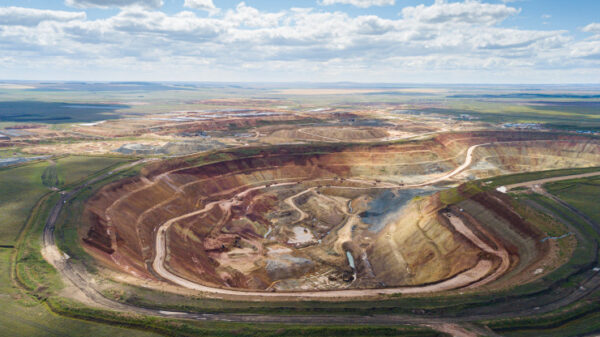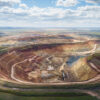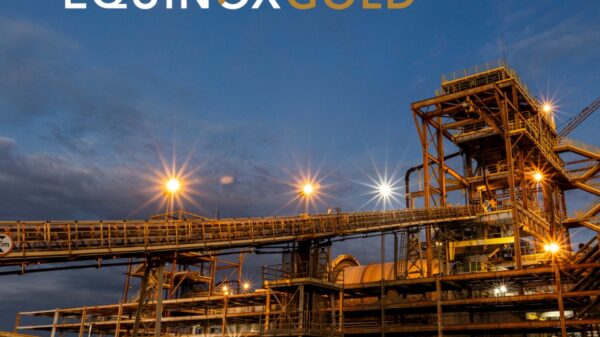Total global gold demand increased 4 per cent year on year to 1,258 tonnes (t), according to a new report from the World Gold Council.
The council released its Gold Demand Trends report for the second quarter of 2024 late last month. The report said that the increase in total demand was due to healthy over-the-counter (OTC) transactions. These included 53 per cent year-on-year at 329t.
Gold prices were driven by increased OTC demand, central bank purchases and slowdown in ETF outflows in Q2. The gold price averaged US$2,338/oz, 18 per cent higher year-on-year, reaching a record of US$2,427/oz during the quarter.
Central banks and official institutions raised global gold holdings by 183t, reflecting a 6 per cent year-on-year increase despite a slowdown from the previous quarter. The annual central bank survey confirmed that reserve managers anticipate further rises in gold allocations over the next 12 months, driven by the need for portfolio protection and diversification in a complex economic and geopolitical environment.
Additionally, global gold investment remained resilient, marginally increasing year-on-year to 254t, despite divergent demand trends. Bar and coin investment decreased by 5 per cent to 261t in Q2 due to a sharp decline in demand for gold coins. Strong retail investment in Asia counterbalanced lower net demand in Europe and North America, where profit-taking surged in some markets.
Global gold ETFs experienced minor outflows of 7t during the quarter. Asian growth continued, sizable European outflows in April shifted to nascent inflows in May and June, and North American outflows slowed significantly compared to the previous quarter.

Image via the World Gold Council.
Read more: Calibre Mining gets environmental permits for Volcan deposit in Nicaragua
Read more: Big name shareholder sells high percentage of its stake in Calibre Mining
Gold ETFs have seen increased inflows
Record high prices drove down jewellery demand by 19 per cent year-on-year in Q2, but H1 demand remains resilient compared to the same period last year, thanks to a stronger-than-expected first quarter.
Additionally, demand for gold in technology continued to increase, jumping 11 per cent year-on-year, primarily driven by the AI boom in the electronics sector, which saw a 14 per cent year-on-year increase.
“The rising and record-breaking gold price has made headlines as strong demand from central banks and the OTC market supported prices, which has been a consistent trend throughout the year,” said Louise Street, Senior Markets Analyst at the World Gold Council.
Street also posed the question about what would drive gold’s performance investment strategies looking forward.
Gold ETFs have seen increased inflows due to renewed interest from Western investors with the long-anticipated rate cut from the Federal Reserve swiftly approaching. A sustained revival of investment from this group could change demand dynamics in the second half of 2024.
Total gold supply rose 4 per cent year-on-year, with mine production increasing to 929t.
Key contributors to the mining total include Barrick Gold (TSX: ABX) (NYSE: GOLD), Newmont Corporation (NYSE: NEM) (TSX: NGT) and Calibre Mining Corp (TSX: CXB) (OTCQB: CBXMF).
Recycled gold volumes increased by 4 per cent compared to the same quarter in 2023, marking the highest second quarter since 2012.
Calibre Mining is a sponsor of Mugglehead news coverage
.
Follow Joseph Morton on Twitter
joseph@mugglehead.com













